The Golden Era Disney Princesses Were Right About Femininity
Golden Era Disney is often criticized for portraying an “archaic version” of female roles in the world.
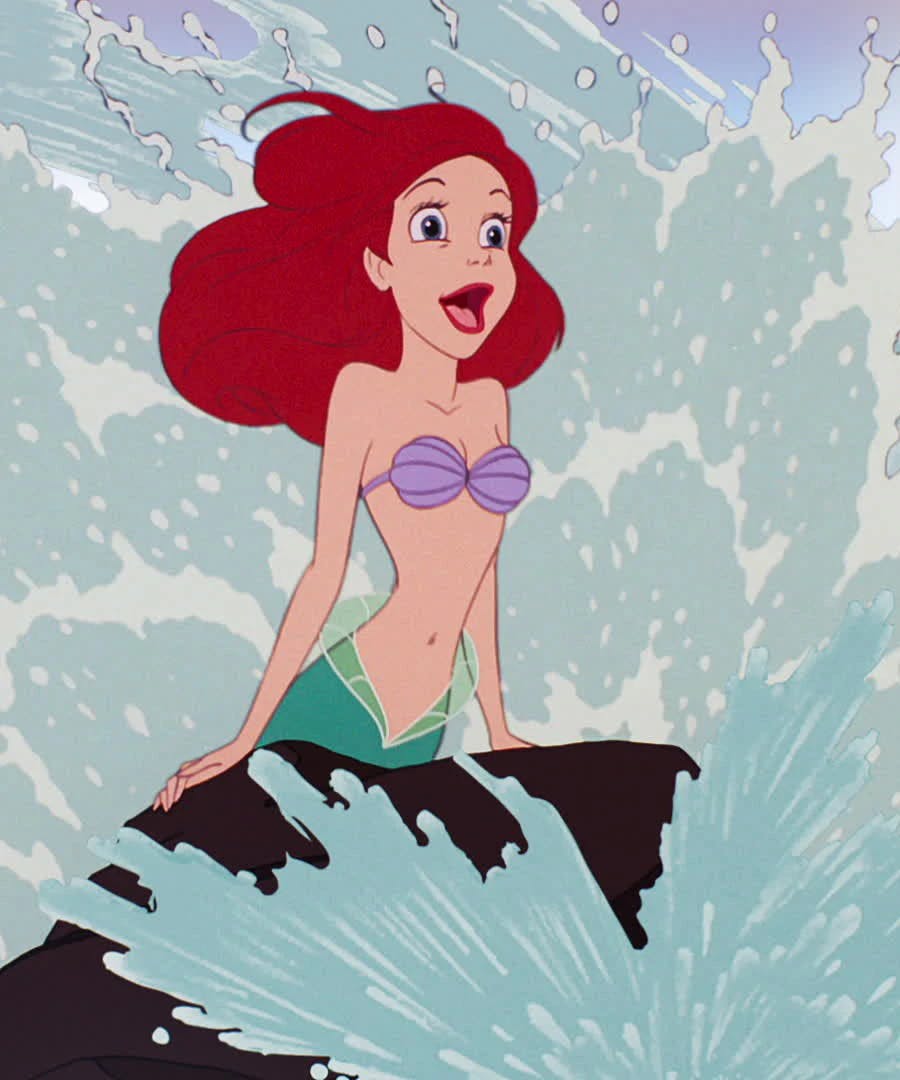
However, I believe the Golden Era princesses actually tap into the feminine archetypes more poignantly than their superficial, feminist modern sisters. Modern Disney, by giving princesses swords and missions, denigrates the power of the feminine by saying that a princess isn’t valuable on her own and must become a prince in order to be a character worthy to talk about. The modern feminist view of princesses is far more sexist than the Golden Era, which actually believed that the female story was worth telling and celebrating.
Cinderella and the Power of Beauty
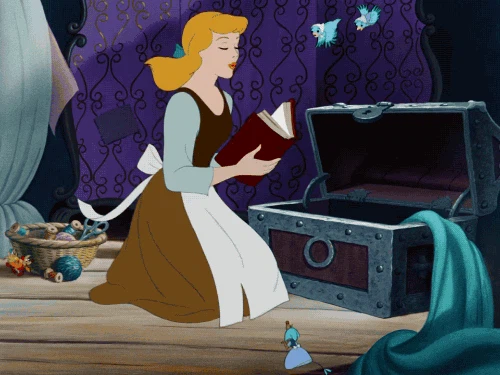
Cinderella, the princess often criticized for being a passive player in her own story, is often contrasted with characters like Elsa and Merida, who take an active role in their stories. But this misinterpretation of Cinderella is a microcosm of the way feminism misinterprets the feminine archetype in general. Feminism believes that the only way a woman can actually “act” in a story is by taking on masculine roles. It neglects entirely the nuance of the feminine.
Cinderella is not “doing nothing” when she is being kind and caring toward those around her, even when they’re horrible to her. It’s for this reason that the mice and birds conspire to help her win against the step-sisters. It’s for this reason that she’s the most beautiful, despite wearing rags and being covered in cinders. Her grace, charm, and loveliness from the inside make her beauty something that calls and attracts good people to her to protect her, such as the fairy godmother.
Beauty is the thing that calls others to protect it.
This is a phenomenon that many women will recognize. Beauty is the thing that calls others to protect it. The feminine archetype is in the receiving role and this is passive, but by no means inferior. It’s powerful in its ability to attract protectors, givers, and rescuers.
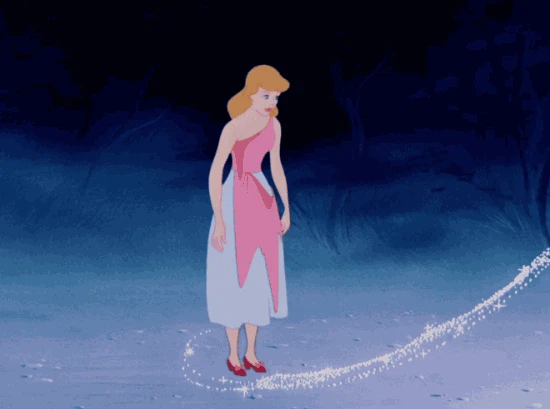
The frustration here may be that there are few actionable skills that girls can learn from Cinderella, but what greater, more stoic action can there be than to continue to be a good person when it’s entirely understandable to be embittered by your difficult circumstances? By all logic, Cinderella should have been made ugly — inside-out — by her deplorable and unfair circumstances. Her ability to maintain her inner beauty is what should inspire girls.
Ariel and the Power of Sacrifice and Trust

Ariel is another princess who is often insulted and criticized ad nauseum for giving up her entire world and trading her voice to a sea-witch just for “a guy.” But this is a very immature view of Ariel and the gravity of the sacrifices she makes. Ariel embodies the concept of sacrifice. Making sacrifices is an important aspect of healthy relationships. (A valid critique could be that Eric didn’t necessarily have to make sacrifices for Ariel, but his side of the story was not shown because the story was focused on the eponymous, little mermaid. Though he does join in the fight against Ursula.)
Ariel gives up her whole world for a man she falls in love with, in a way that women have done for millennia. In the past, women from a variety of cultures would have to leave their family home when they married their husband and go away into a new land. She must leave behind her old life in order to build a new one with her husband.
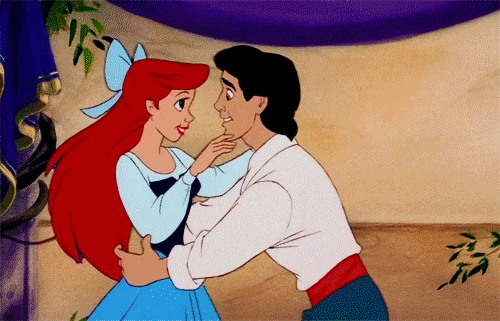
You might argue that Ariel was more enamored with being on land than with Prince Eric, but I would argue that she was enamored with both. She loved him and his world. Why should we vilify a woman who wants to be a part of her beloved’s world? It’s such a natural desire. Ariel had a sense of adventure, but she also fell in love. Why is the second part insulted?
For ages, women have left their family home when they got married and went away to a new land.
Ariel also teaches us the feminine trait of trust. She trusts Eric and puts her life in his hands because she loves him. Of course, the lesson we learn from her is not to trust a sea-witch, but we can also learn from her that it takes great courage to trust someone. This feminine trait is overtaken and denigrated in modern Disney movies like Moana, for example, where the female protagonist takes matters into her own hands to do anything. This in itself is not a bad trait, but it's a very masculine trait and to say that one is better than the other is to say that only the masculine traits are worth celebrating.
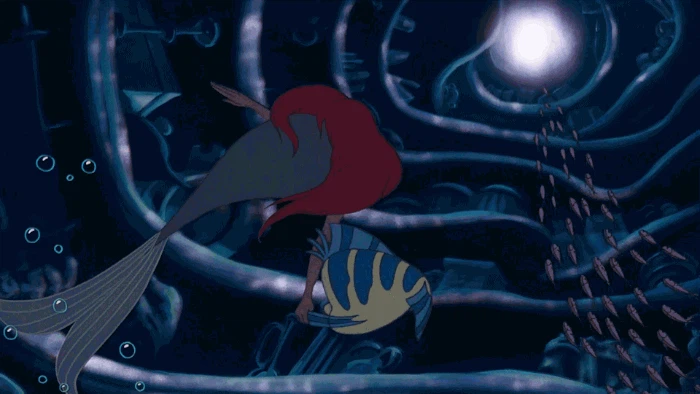
Ariel learns actively about the things she wants to know by exploring, asking questions, and being curious. She goes into dangerous places and takes risks. She’s very brave because she leaves all that she knows to trust someone she loves in a foreign land. She puts herself outside her comfort zone. There’s a lot that girls can look up to in Ariel.
Snow White and the Power of Kindness and Cheerfulness
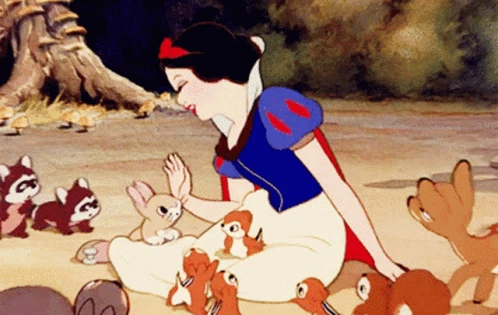
Snow White is possibly the most important and beautiful representation of the power of the feminine, a lesson that’s lost in modern princess stories. Snow White is a girl who, like Cinderella, faces a lot of criticism for being a passive player in her own story. But this analysis neglects all of the incredible and exemplary feminine qualities that we find in this princess.
In the forest scene, when she is being chased by a hunter bent on murdering her and carving out her heart, under orders from her step-mother, she actually apologizes to the forest animals for making a scene! She’s considerate and kind to others even when it’s not her job to be and when, in fact, poor behavior might be expected from her. She doesn’t allow her circumstances to turn her bitter, resentful, or suspicious, making her the most stoic princess. She finds loveliness and beauty in the world around her, even when she’s in a very difficult situation.
Snow White finds loveliness and beauty in the world around her, even when she’s in a difficult situation.
When we use the word “princess” in a derogatory way, we often say it to someone who wants everything to be just so for them. Yet Snow White faces not only discomfort but also true tragedy and still finds a way to make the best of her situation. Her instinct on entering a dirty house is not to complain about the situation, but to do what she can to clean it and make it beautiful. Her kindness and cheerfulness are what calls the whole world to conspire to help her, as it does for all of the Golden Era Disney princesses.
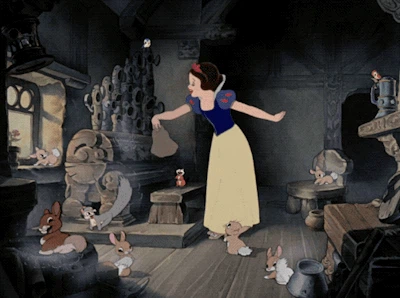
Closing Thoughts
Princesses like Snow White, Ariel, and Cinderella all show the wonderful qualities of patience, trust, kindness, and stoicism. They're beautiful from the inside-out, and the whole world around them is made beautiful wherever they go. These stories celebrate femininity and focus on it as the central point of the story, and I can think of no other stories that could be more “feminist” if that term were used appropriately.
Femininity in modern princess stories is often denigrated and replaced with masculinity, as though it were the only set of traits worth celebrating and focusing on in a story. Merida fights with her bow and arrows, Mulan becomes a soldier, and Moana goes on a voyage to fight a goddess. These are all admirable things on their own, but to say that they are better than the Golden Era princesses is to say that a woman embodying the feminine is somehow inferior. Kindness, goodness, and trust should be held on the same plane as fighting dragons and taking charge of voyages.